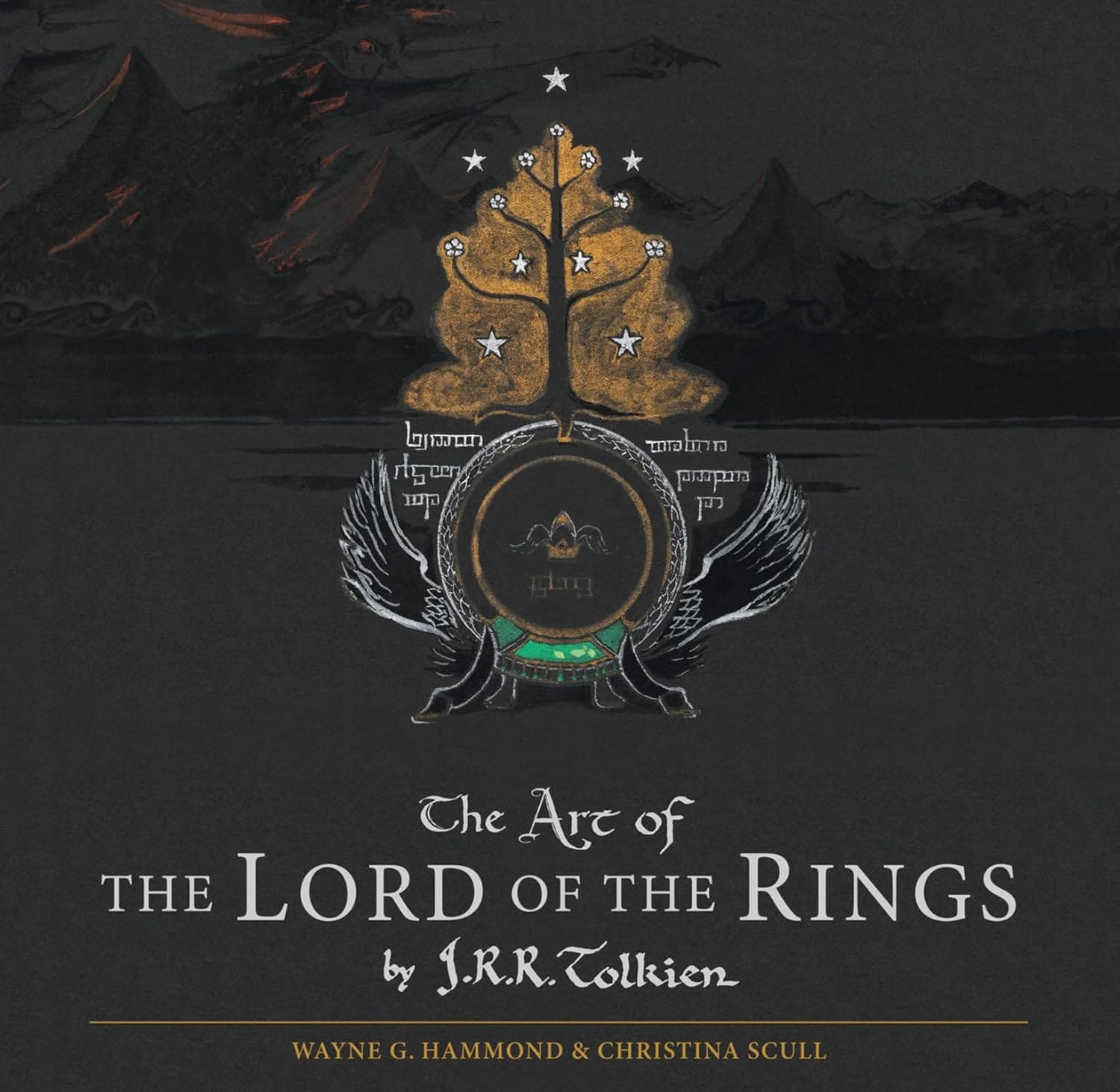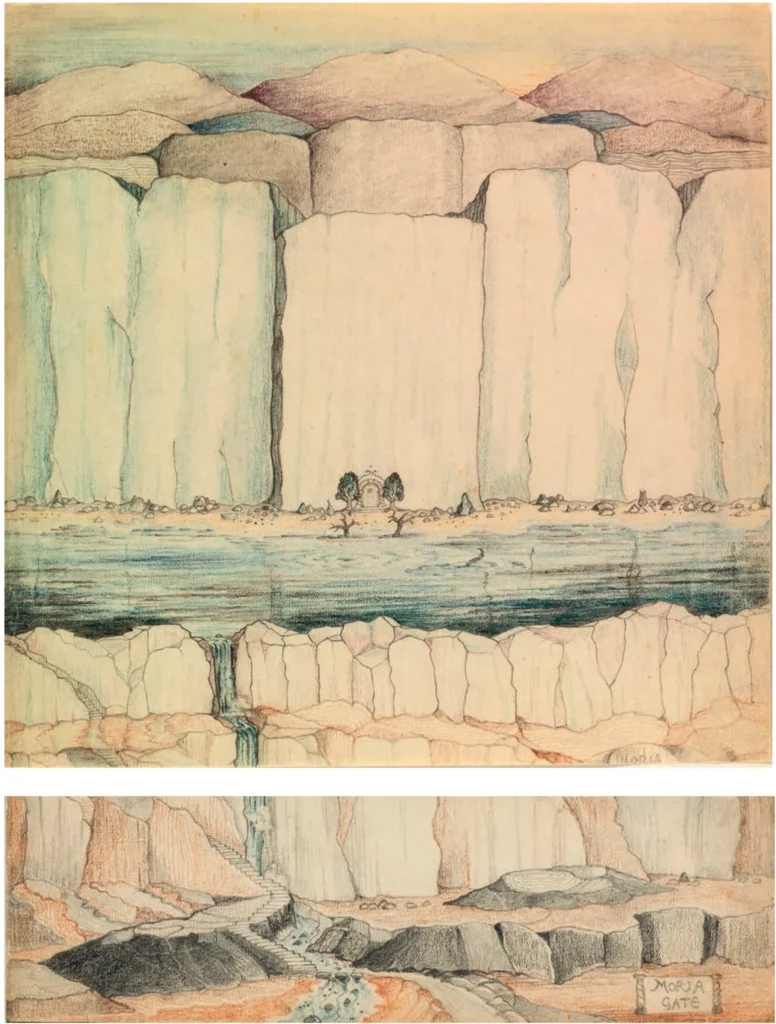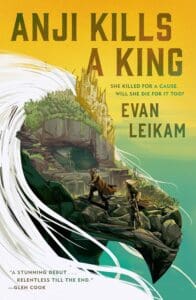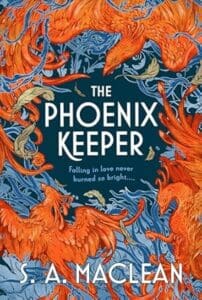
Synopsis
J.R.R. Tolkien’s complete artwork for his magisterial novel, published on the sixtieth anniversary of The Lord of the Rings
As he wrote The Lord of the Rings, J.R.R. Tolkien’s mental pictures often found expression in drawing, from rough sketches made within the manuscript to more finished illustrations. Only a few of these were meant for publication; most were aids to help Tolkien conceive his complex story and keep it consistent. Many do not illustrate the final text, but represent moments of creation, illuminating Tolkien’s process of writing and design. In addition to pictorial sketches, numerous maps follow the development of the Shire and the larger landscape of Middle-earth, while inscriptions in runes and Elvish script, and “facsimile” leaves from the burned and blood-stained Book of Mazarbul, support Tolkien’s pose as an “editor” or “translator” of ancient records.
The Art of The Lord of the Rings by J.R.R. Tolkien collects these drawings, inscriptions, maps, and plans in one deluxe volume. More than 180 images are included, all of them printed in color from high-quality scans and photographs, more than half not previously published. Wayne G. Hammond and Christina Scull, two of the world’s leading Tolkien scholars, have edited the book and provide an expert introduction and comments.
Review
Had this on my radar for a while and managed to grab one on a nice sale. The hardcover size is typically for art books, and I thought the quality was good.
Can I start by just saying 5*, 10 out of 10, 100% just based off the Tolkien art alone? To be such a visionary, such a creative mind, and to also be an artist is just so crazy to me. Now a lot of these are pencil sketches, and some are even a stretch to call them that, but there are also full color drawings and designs that were eventually used in the books. Even saying that, it’s crazy just to see how his mind was at work creating and then editing these descriptions with actual drawing.
The book itself is organized pretty well. The only mix up is there are several parts where the writing goes on long past mentioning the referenced art, sometimes multiple references. So you’re either flipping back and forth over and over or not sure what they’re talking about. With that being said, I’ve had the same problem with some other art books, and I can’t really think of a fix, unless you really segment the writing to input the art.
A particular favorite of mine was seeing all the iterations of the cover artworks Tolkien worked on and submitted. It feels like a different world where the author has so much control in their own process. They must have really trusted him, and clearly it worked! It’s also nice to see that someone regarded as great by so many people also didn’t always know the answer. He worked and worked and sometimes it seems he even fumbled his way there, and Middle-earth fans are luckier for it.

Tolkien’s Conversation With Smaug, 1937

The Doors of Durin and the subsequent valley below. This is where the watcher in the water was waiting.








Leave a Reply